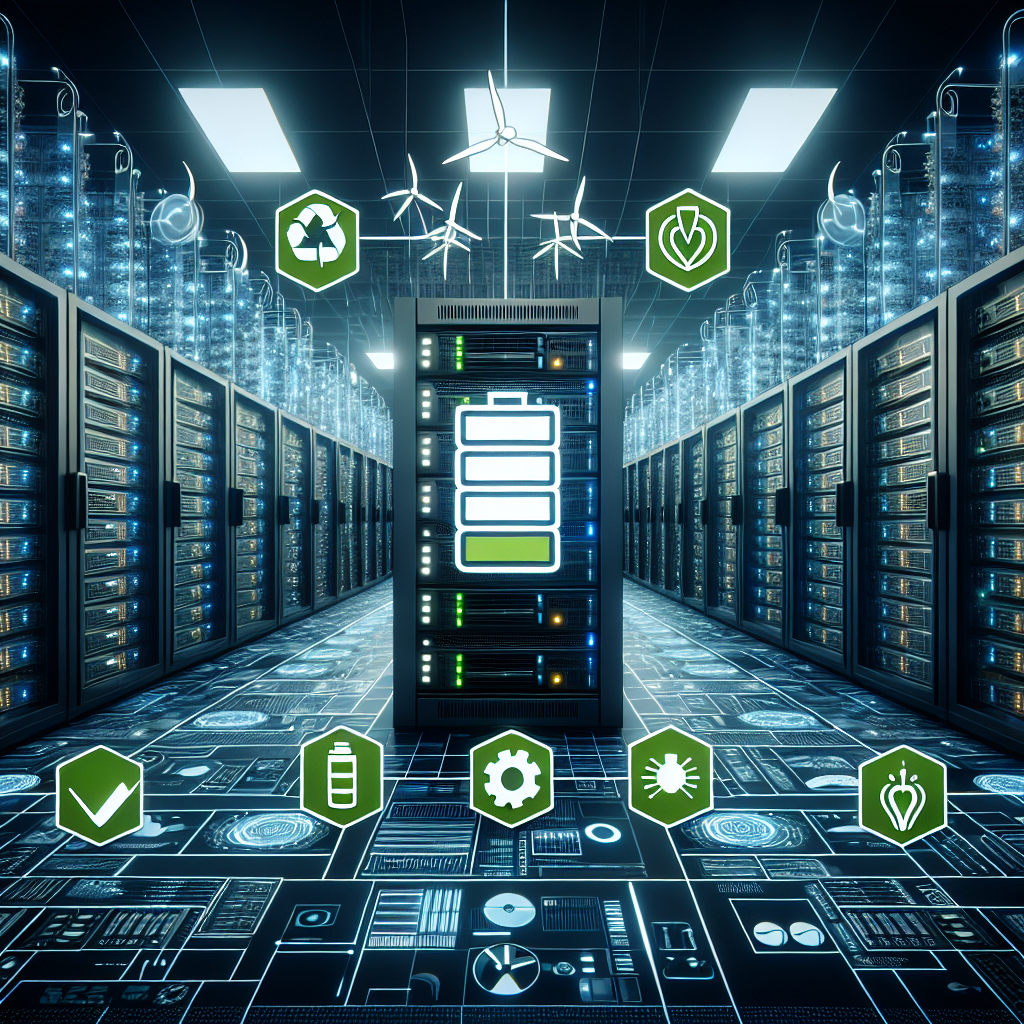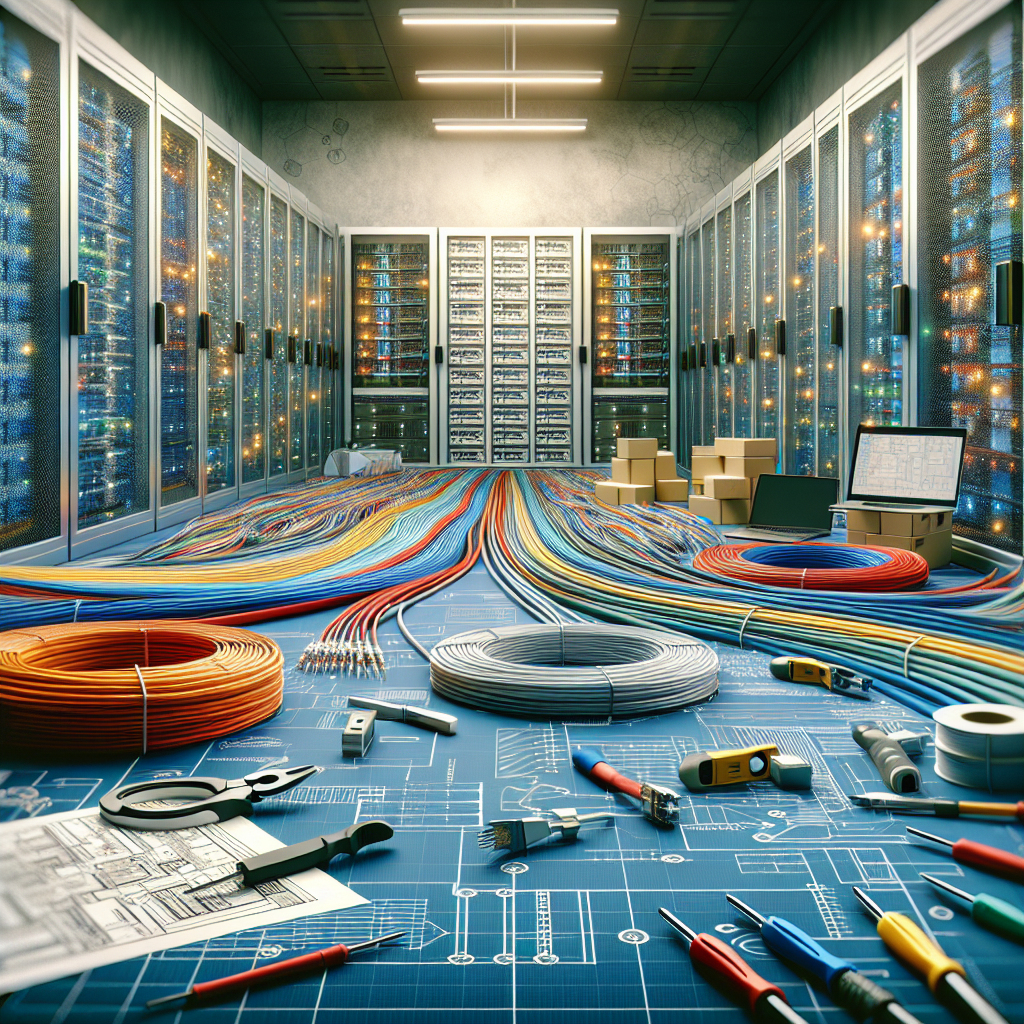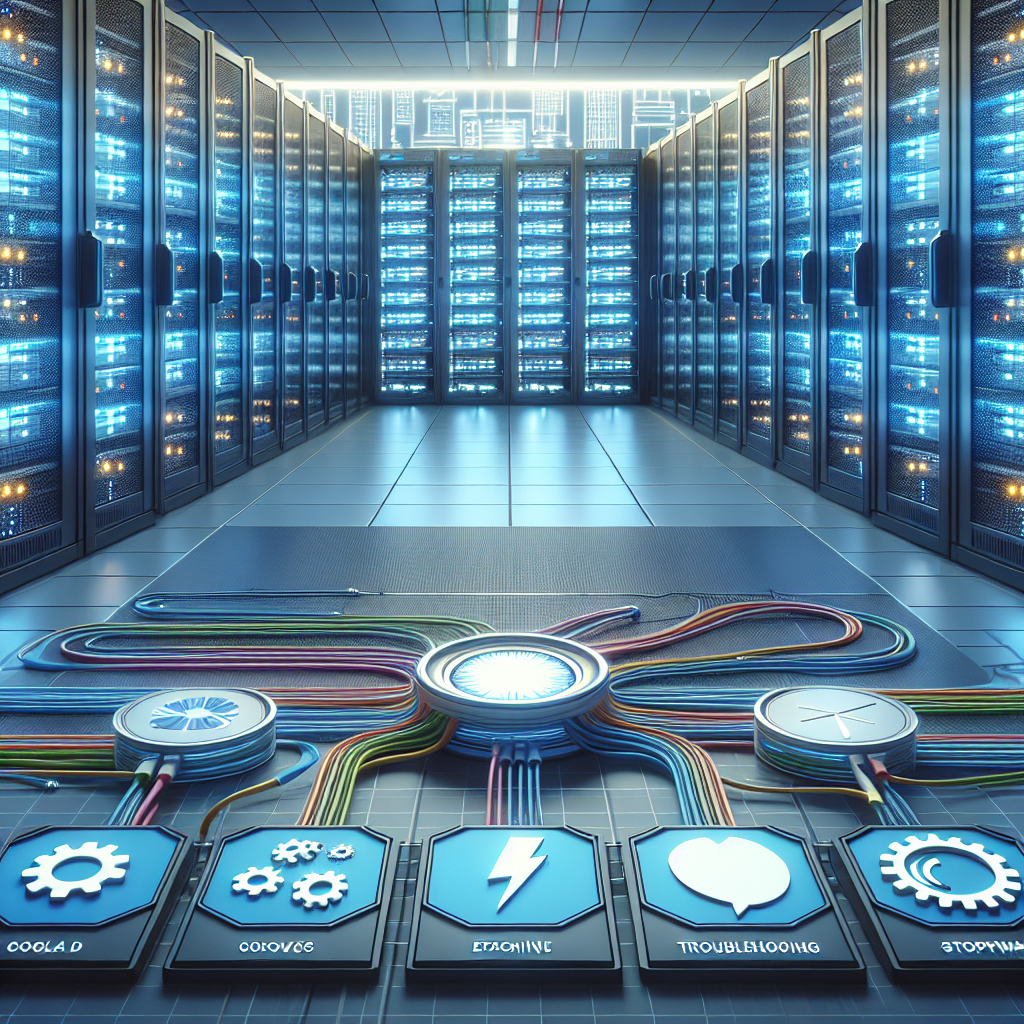Proper ventilation is essential for maintaining a healthy and comfortable living environment. Good ventilation helps to remove stale air, moisture, and indoor pollutants, while also providing a steady flow of fresh air into your home. Here are some ventilation tips to help you create a healthier and more comfortable living space.
1. Use exhaust fans: Installing exhaust fans in your kitchen, bathroom, and other high-moisture areas can help to remove excess humidity and odors. Be sure to run the fans while cooking, showering, or using the bathroom, and leave them on for a few minutes after to help clear the air.
2. Open windows: Whenever possible, open windows to let in fresh air and allow for natural ventilation. This can help to reduce indoor air pollutants and improve air quality. Be sure to open windows on opposite sides of the room to create cross ventilation for maximum airflow.
3. Use a dehumidifier: High humidity levels can lead to mold growth and indoor air quality issues. Using a dehumidifier can help to remove excess moisture from the air, making your home more comfortable and reducing the risk of mold and mildew.
4. Maintain your HVAC system: Regular maintenance of your heating, ventilation, and air conditioning (HVAC) system is essential for proper ventilation. Be sure to change air filters regularly, clean ducts and vents, and schedule routine inspections to ensure your system is working efficiently.
5. Consider a whole-house ventilation system: If your home lacks adequate natural ventilation, consider installing a whole-house ventilation system. These systems help to circulate fresh air throughout your home, reducing indoor pollutants and improving air quality.
6. Keep indoor plants: Indoor plants not only add beauty to your home but also help to improve air quality by absorbing carbon dioxide and releasing oxygen. Some plants, such as spider plants and peace lilies, are particularly effective at filtering out indoor pollutants.
7. Avoid smoking indoors: Smoking indoors can release harmful chemicals and pollutants into the air, compromising indoor air quality. If you or someone in your household smokes, be sure to do so outside to minimize the impact on indoor air quality.
By following these ventilation tips, you can create a healthier and more comfortable living environment for you and your family. Good ventilation is essential for maintaining indoor air quality and reducing the risk of health issues associated with poor air circulation.Implementing these tips can help you breathe easier and enjoy a more pleasant living space.










